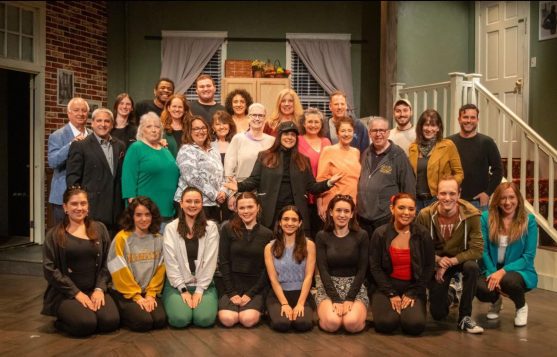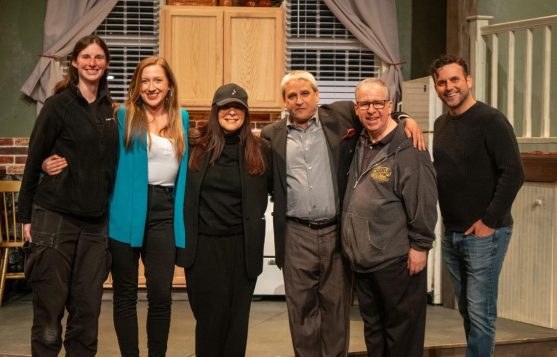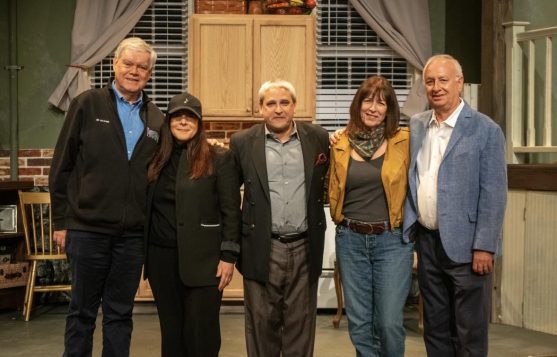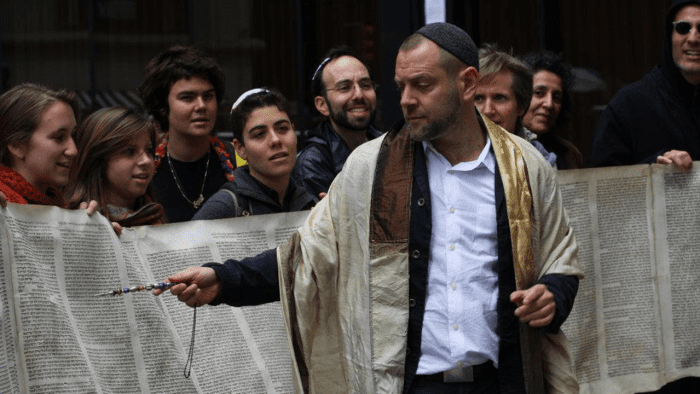Reviewed by Jeffrey Sanzel
According to the Chesapeake Bay Foundation, regenerative agriculture “describes holistic farming systems that, among other benefits, improve water and air quality, enhance ecosystem biodiversity, produce nutrient-dense food, and store carbon to help mitigate the effects of climate change. These farm systems are designed to work in harmony with nature, while also maintaining and improving economic viability.” Regenerative agriculture includes practices like no-tillage, planting cover crops, reducing chemical use, and planned grazing.
In 2017, Josh Tickell published Kiss the Ground: How the Food You Eat Can Reverse Climate Change, Heal Your Body, & Ultimately Save Our World. The book purports that climate change is reversible through changing diets based on harvests from soil-nourishing, regenerative agriculture.
 Tickell (along with Rebecca Harrell Tickell) produced and directed the documentary Kiss the Ground (2020), which explored the issues raised in the book. The film shares interviews with farmers, scientists, and environmentalists. The focus is the power of healthy soil and its healing powers for humanity and the earth as a whole. Narrated by Woody Harrelson, the film features the well-known {model/ U.N. Good Will Ambassador Gisele Bünchden, NFL quarterback Tom Brady, etc.) along with authors and environmentalists. Kiss the Ground was lauded for its good intentions but received criticism for an often simplistic approach to the solution, especially concerning climate change.
Tickell (along with Rebecca Harrell Tickell) produced and directed the documentary Kiss the Ground (2020), which explored the issues raised in the book. The film shares interviews with farmers, scientists, and environmentalists. The focus is the power of healthy soil and its healing powers for humanity and the earth as a whole. Narrated by Woody Harrelson, the film features the well-known {model/ U.N. Good Will Ambassador Gisele Bünchden, NFL quarterback Tom Brady, etc.) along with authors and environmentalists. Kiss the Ground was lauded for its good intentions but received criticism for an often simplistic approach to the solution, especially concerning climate change.
The follow-up, Common Ground, which launched globally on Amazon Prime on April 22 in honor of Earth Day, covers some of the same territory, with a spotlight on preservation of the soil. Again, central is the importance of properly cultivating the soil through regenerative agriculture.
Common Ground opens with a letter “written” by various celebrities. Each is presented with a sonorous voiceover steeped in gravitas. The letter ends with, “It’s a matter of life and death.” If the information presented in Common Ground is even twenty percent accurate, this dark statement is harbinger of long-term and perhaps irrevocable damage. The film begins with a detailed explanation of regenerative agriculture, comparing it to the other less environmentally-friendly approaches.
The film is most interesting and effective when it addresses agribusiness issues driving the market. Following the money trail exposes the private sector’s influences on government and education, with money filtered through land grant universities. Larger corporations have suppressed scientists and pressured the USDA, influencing the Farm Bill and driving subsidies into soy, wheat, and corn—all commodity crops. Agribusiness possesses the largest lobbying industry with twenty-three registered lobbyists for every member of Congress.
An exploration of the rise of industrial farming in post-World War II highlights the uses of chemicals in the forms of pesticides and toxic herbicides, labeled “the Green Revolution.” Most notably, Monsanto Company’s glyphosate product, Roundup, led to the 1980s genetically engineered crops—“ready grains”—that could resist Roundup. Gradually, revelations held Roundup responsible for damaging the health of thousands, leading to multiple successful lawsuits. (Monsanto sold the company to the German Bayer AG for sixty-three billion dollars.)
Common Ground gives a bleak picture of the small farmer who lives in hundreds of thousands of dollars of debt. The Farm Bill Cycle of Debt is a cyclical trap of the system dictating what (and how) to grow, boosting corporate profits, consumer illness, and farmers’ debt. Suicide rates among farmers are five times higher than the general population. Additionally, Common Ground touches on the racial disparity in farming, with the system showing an overwhelmingly biased preference towards white people. The discriminatory nature of the industry has only increased over the years.
While the film emphasizes much of the negative, it celebrates those who have succeeded in abandoning industrial farming. The alternatives are shown to have health and economic benefits—all linked back to regenerative agriculture.
The tone and style—and much of the documentary—shift from dark shadows to pastoral sunshine to peripatetic imagery. At times, Common Ground feels like clumsy public service announcements; at other points, it plays with the jarring cuts of a music video, with blaring, on-the-nose lyrics. The “behind the scenes” look at the stars — Laura Dern, Jason Momoa, Woody Harrelson, Ian Somerhalder, Donald Glover, Rosario Dawson, and many others recording their narratives is oddly and ineffectively “meta.” But Common Ground is well-paced and presents a clear path to transformation.
Documentaries habitually select their focus as the greatest existential threat. Whether AI, plastics, water pollution, corporate manipulation, or conspicuous consumption, each sees its topic as the direst and the most important to be solved. Many point to the destruction of the environment, but each selects a different “demon” as the most dangerous. Common Ground is no different in this respect, and therefore, even in its specificity, it lands as a generic call-to-arms (or farms, as the case may be).
“The quality of what you eat determines the quality of your health. And a living soil is where it all begins.” While it might not convert the doubters, Common Ground is another reminder that through commitment and collaboration, environmental change is possible.
The documentary is now streaming on Amazon Prime.
 Legendary producer and conversationalist, Julian Schlossberg, will be appearing at the Cinema Arts Centre, 423 Park Ave., Huntington on Sunday, June 1 at 2:30 p.m. with the first East Coast screening in 35 years of his zany comedy, In The Spirit, with Elaine May, Peter Falk and Marlo Thomas topping the cast.
Legendary producer and conversationalist, Julian Schlossberg, will be appearing at the Cinema Arts Centre, 423 Park Ave., Huntington on Sunday, June 1 at 2:30 p.m. with the first East Coast screening in 35 years of his zany comedy, In The Spirit, with Elaine May, Peter Falk and Marlo Thomas topping the cast. 
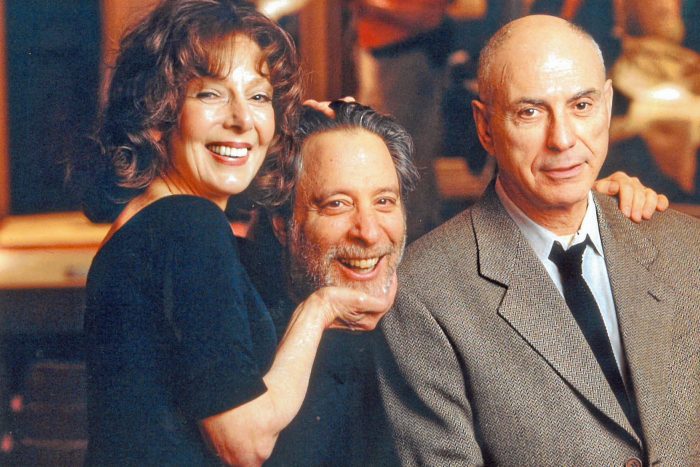

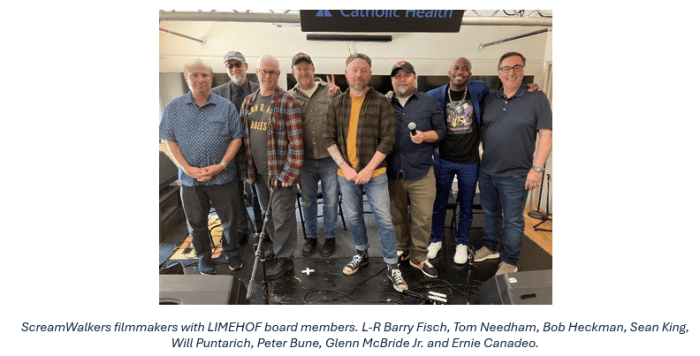

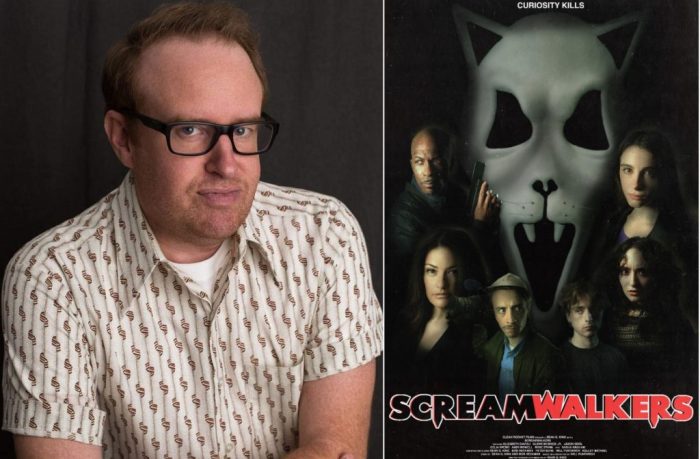
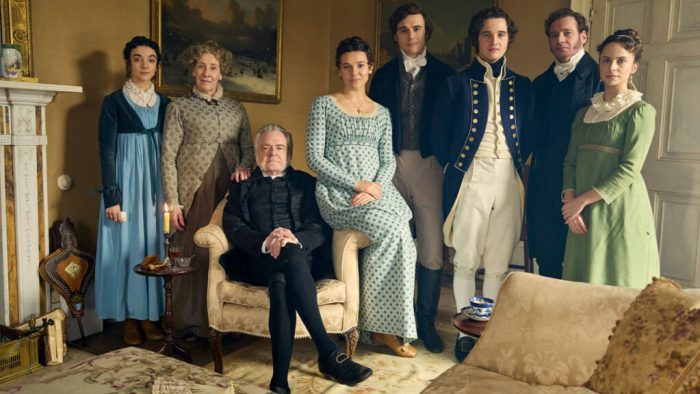
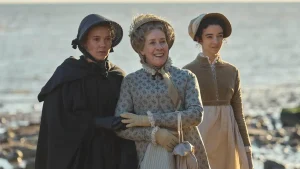


 Tickell (along with Rebecca Harrell Tickell) produced and directed the documentary Kiss the Ground (2020), which explored the issues raised in the book. The film shares interviews with farmers, scientists, and environmentalists. The focus is the power of healthy soil and its healing powers for humanity and the earth as a whole. Narrated by Woody Harrelson, the film features the well-known {model/ U.N. Good Will Ambassador Gisele Bünchden, NFL quarterback Tom Brady, etc.) along with authors and environmentalists. Kiss the Ground was lauded for its good intentions but received criticism for an often simplistic approach to the solution, especially concerning climate change.
Tickell (along with Rebecca Harrell Tickell) produced and directed the documentary Kiss the Ground (2020), which explored the issues raised in the book. The film shares interviews with farmers, scientists, and environmentalists. The focus is the power of healthy soil and its healing powers for humanity and the earth as a whole. Narrated by Woody Harrelson, the film features the well-known {model/ U.N. Good Will Ambassador Gisele Bünchden, NFL quarterback Tom Brady, etc.) along with authors and environmentalists. Kiss the Ground was lauded for its good intentions but received criticism for an often simplistic approach to the solution, especially concerning climate change.